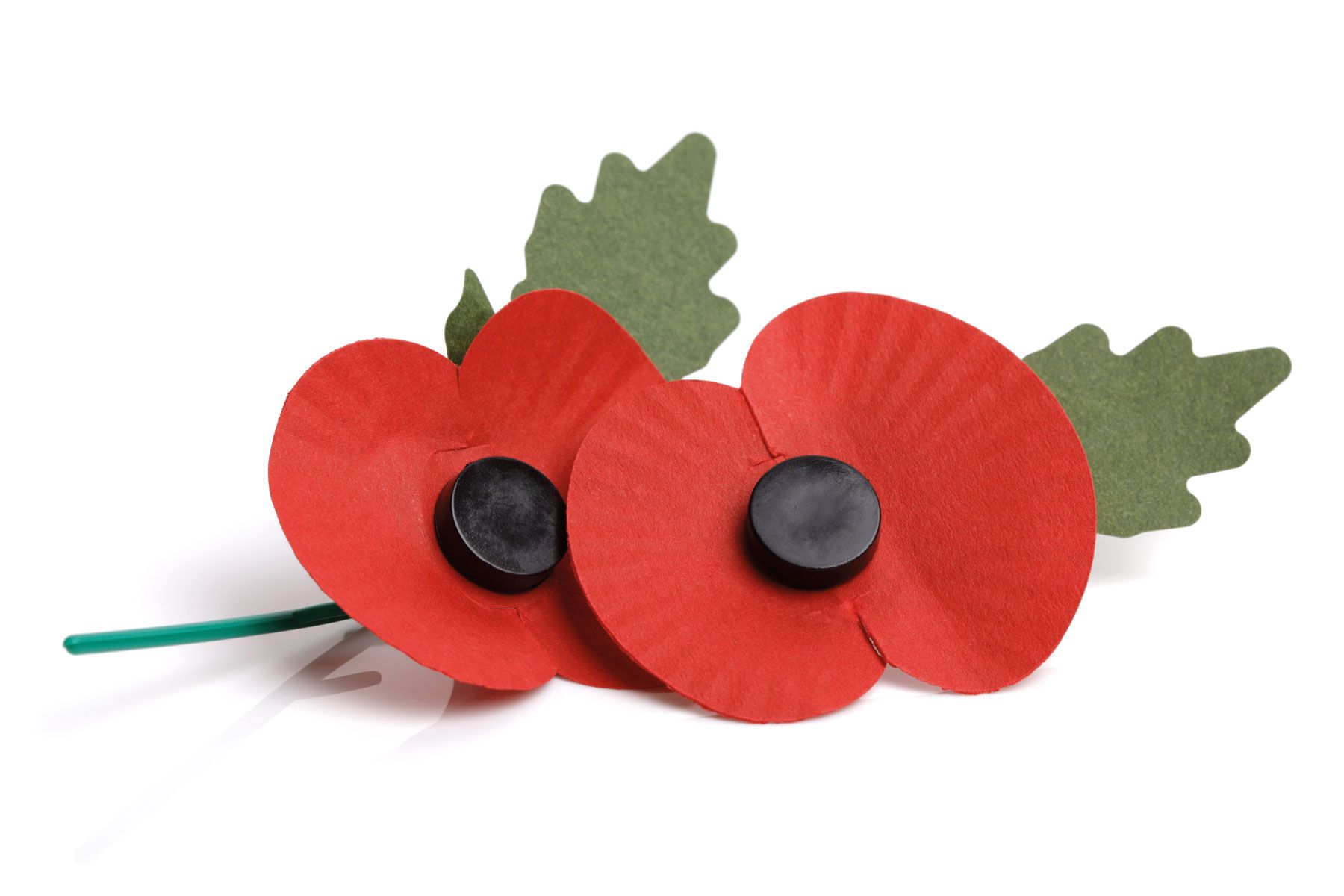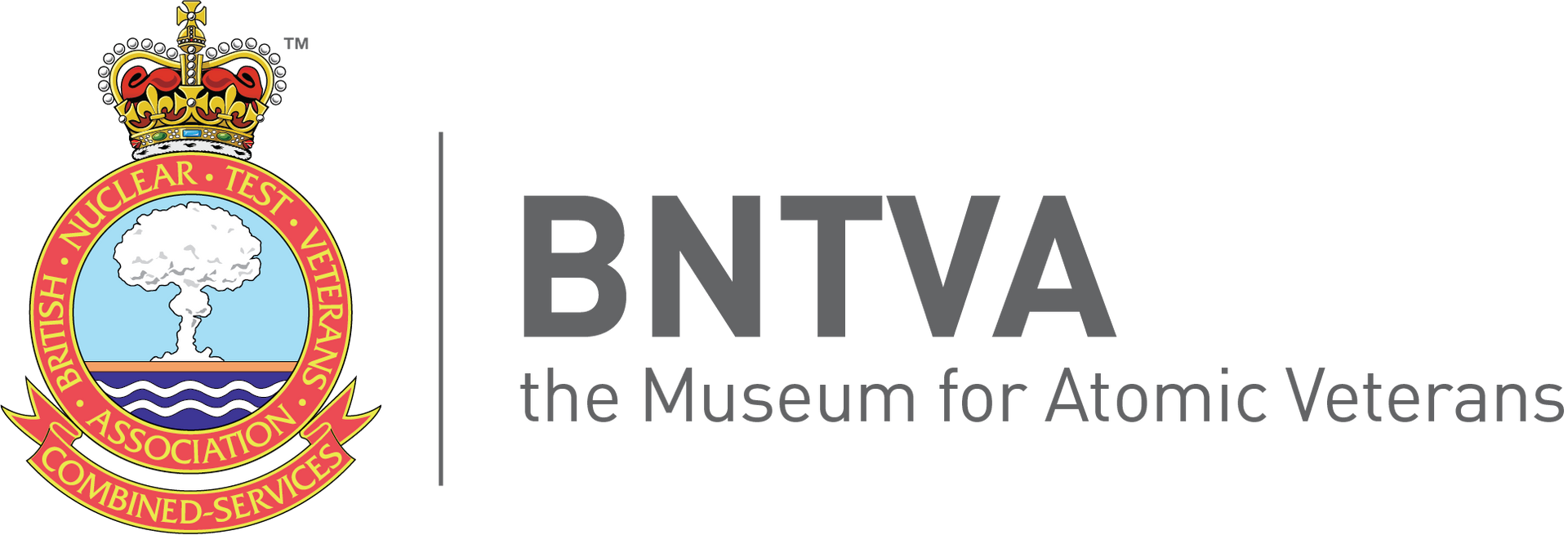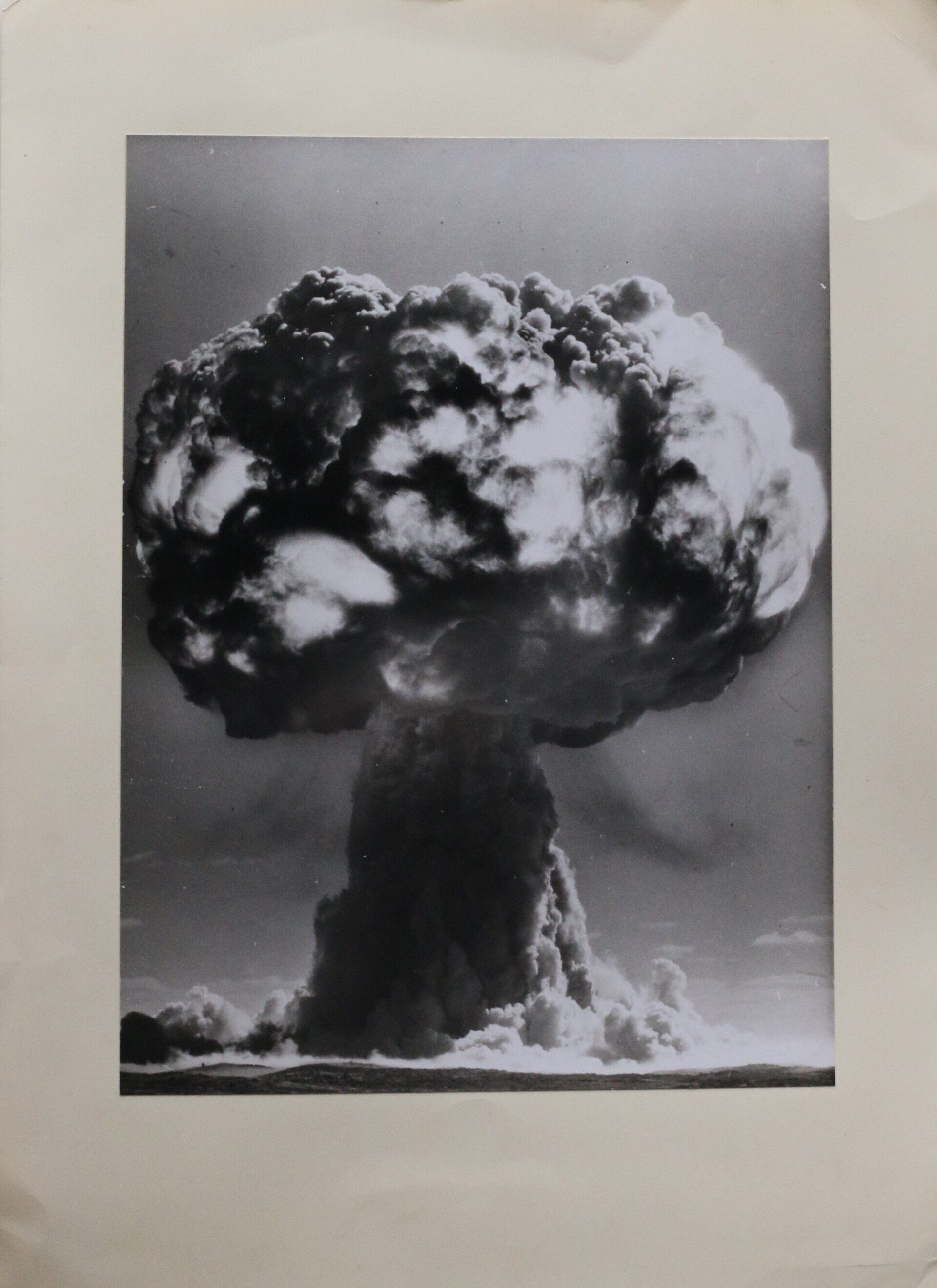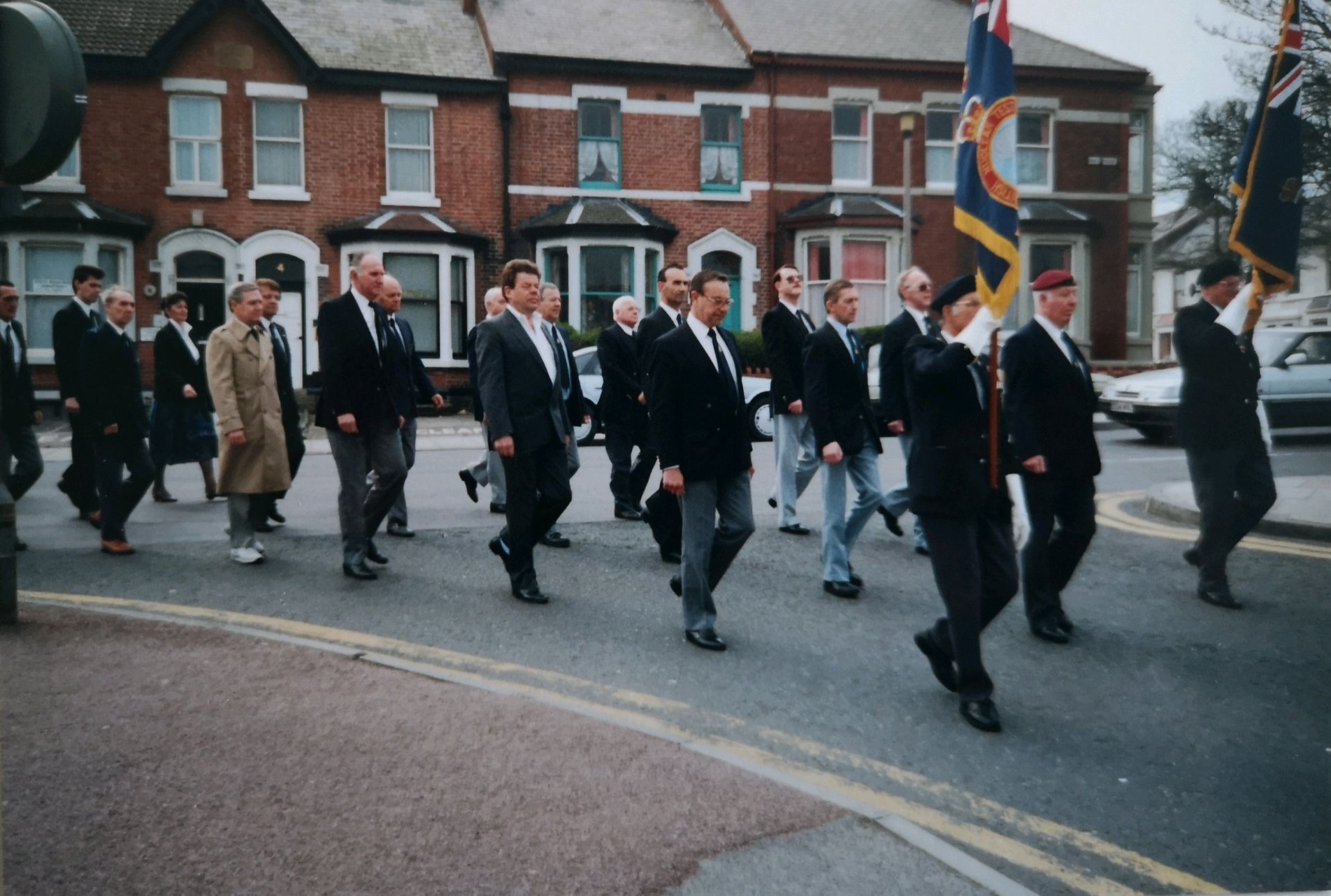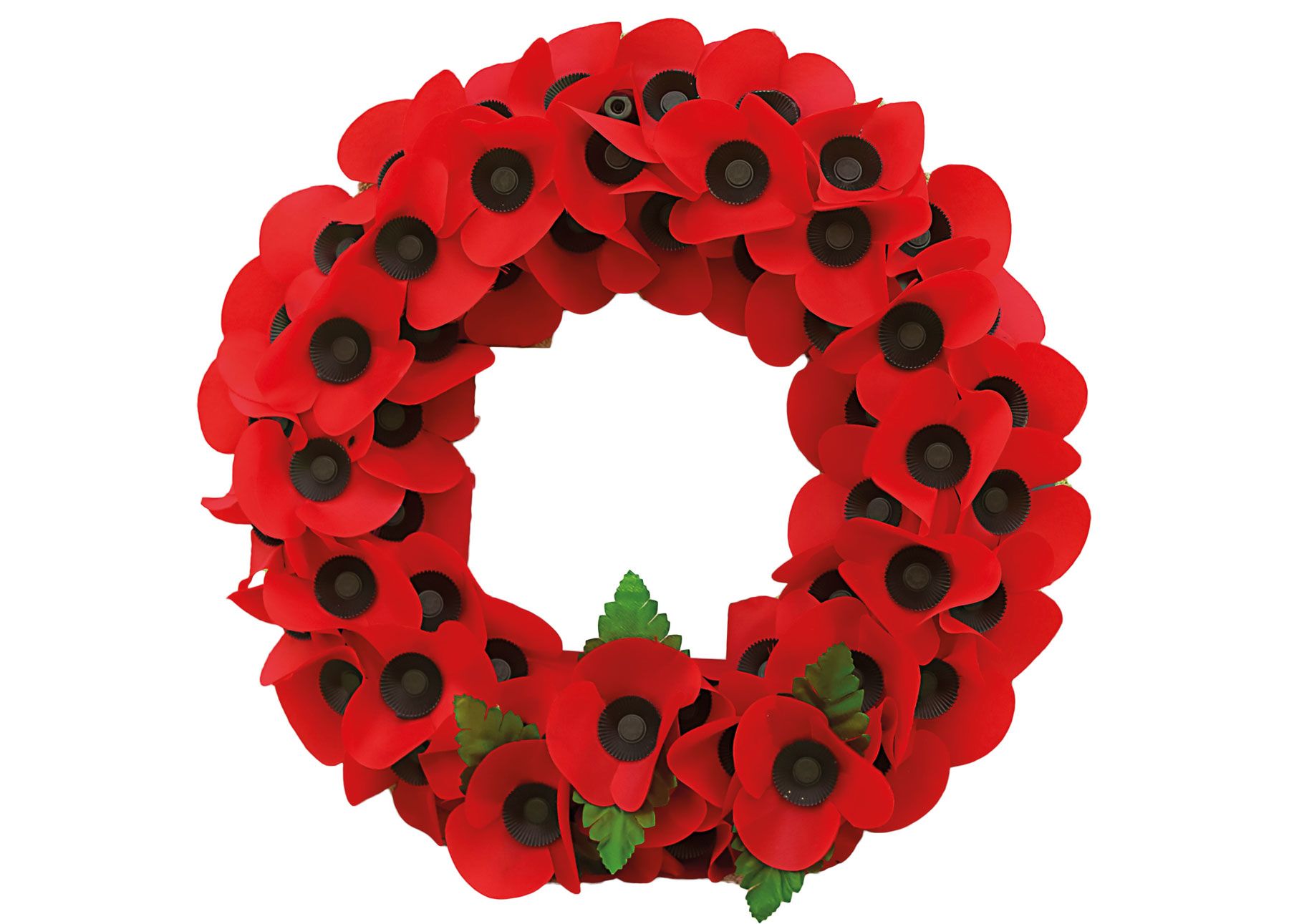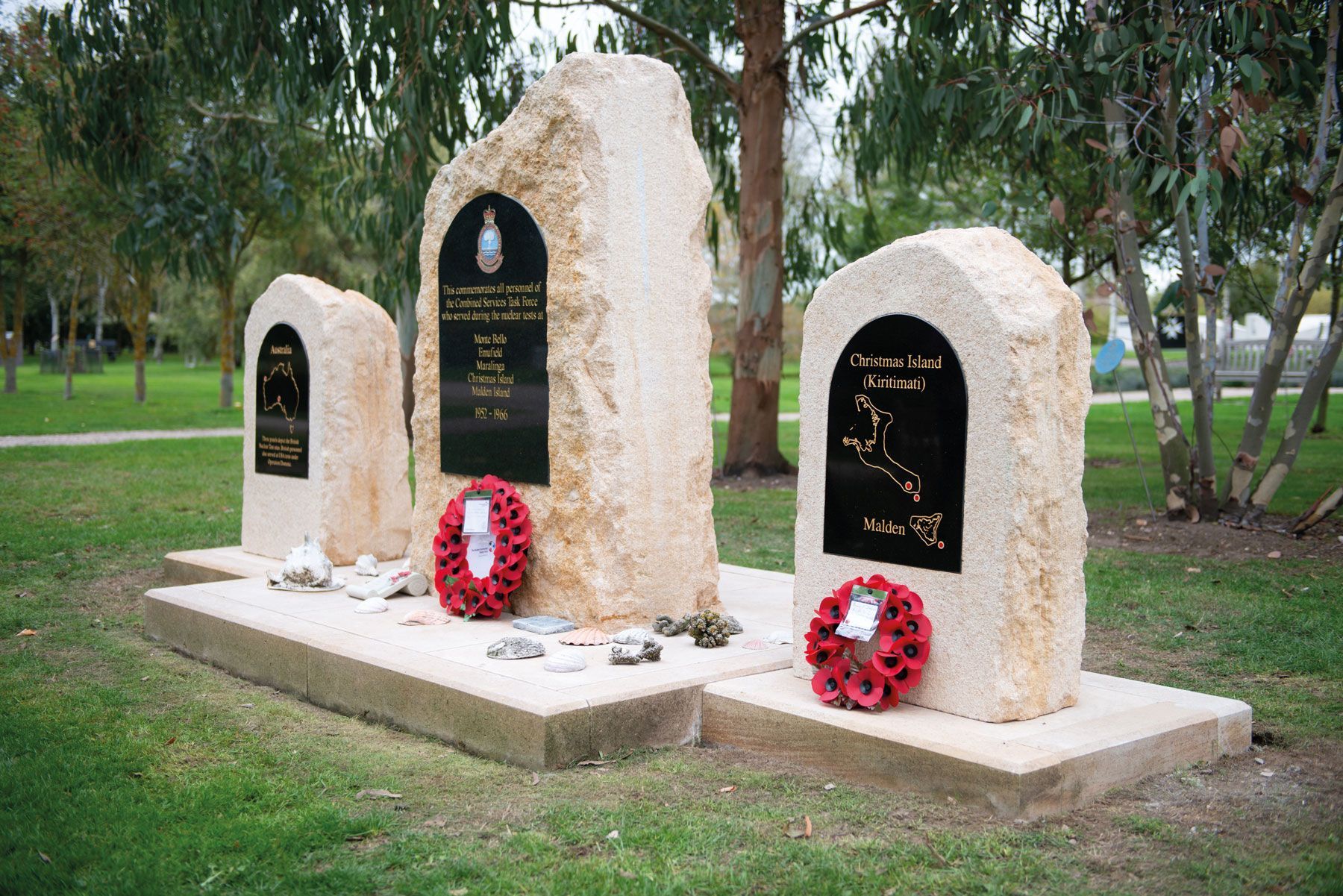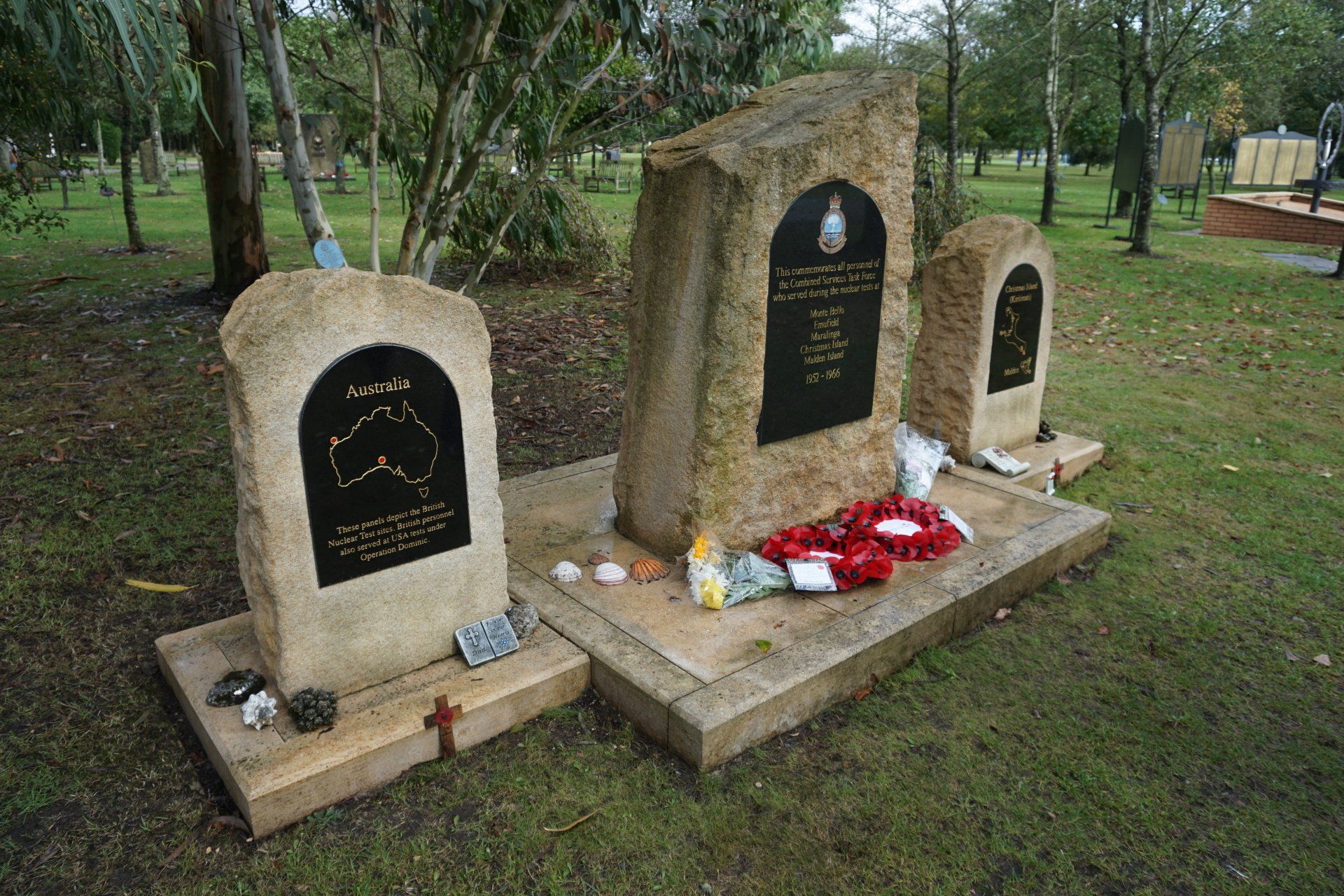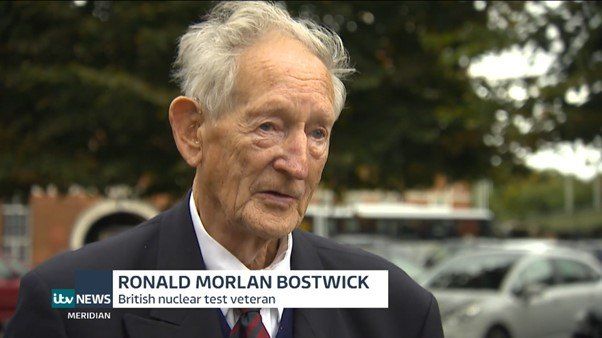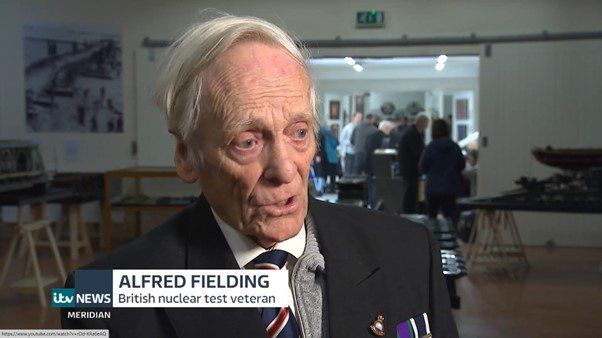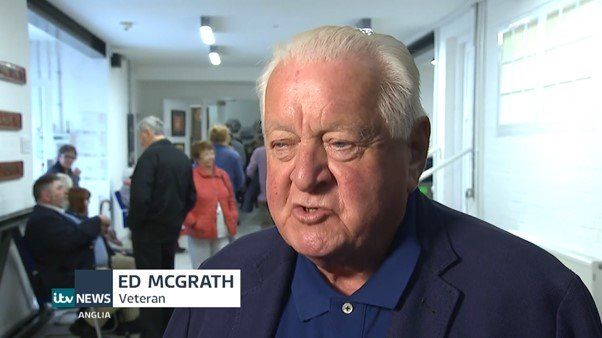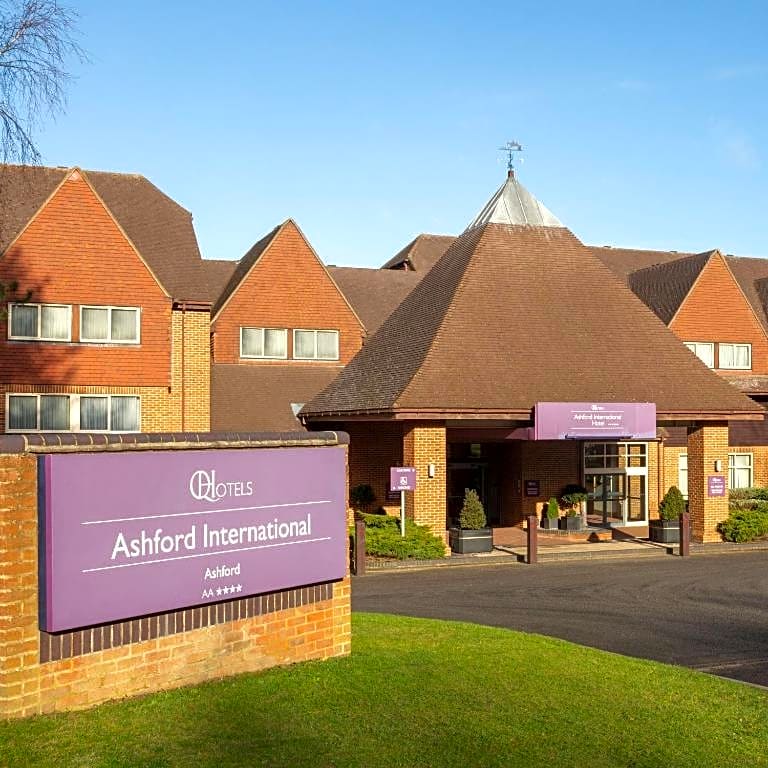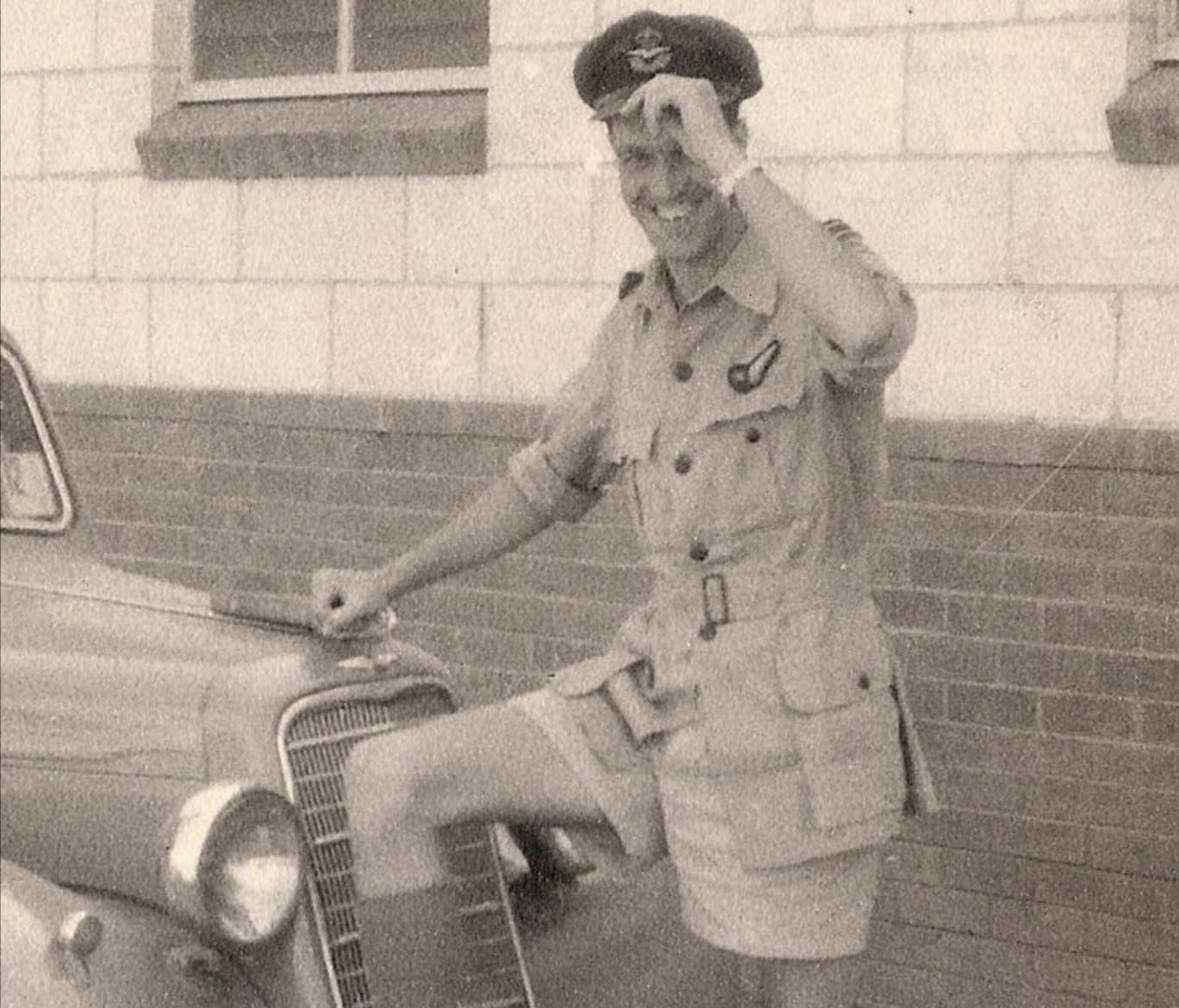From pearl fishing to radionuclides – the effect of British atomic testing on the Montebello Islands.
A look at British and Australian newspaper articles regarding Operation Mosaic
Image of G2, 19 June 1956, taken from the BNTVA Stan Bowyer Collection.
Further to my last blog on the 65th anniversary of G1 which was detonated on Trimouille Island at the Montebello Islands, I have been looking through local newspapers of the time and how they reported the British atmospheric testing programme.
One story that grabbed my attention featured in the Bradford Observer, dated 17 May 1956. It was entitled, “Her Holiday Home was Montebello” (© Successor rightsholder unknown). The article is about Mrs JC Taylor of Parkerville, Western Australia, whose mother, Mrs Emma Withnell, an early European settler, was described as the “Lady of the North”, the “First Lady of the Pilbara” by the local Aboriginal community, and the “Mother of the Northwest”. Emma acquired these titles as the first pioneering woman to settle in Northwestern Australia. She and her husband were respected by the local Aboriginal tribes and given the titles of Boorong and Banaker, which allowed them to move around freely among tribes. Emma took on the roles of midwife, nurse, Christian minister leading services and also undertook vaccinations for local people during a smallpox epidemic.
Although Emma was born in Guildford, Australia, she and her husband, John, operated a pastoral lease at Mount Welcome Station in 1864, which later became the site of the first town in the Northwest region, Roebourne, in 1866. At the age of 79, Emma became a justice of the peace. Emma’s life is fascinating, and she raised a family through hardship, hurricanes and other arduous conditions.
Emma’s daughter, one of eleven children, Mrs Taylor, followed in the pioneering spirit of her mother. Mrs Taylor spent her holidays on the uninhabited Montebello Islands, 40-50 miles off Australia. She described the islands as the home of wild cats and black rats. The black rats came onto the islands as the result of a shipwreck in 1900. The wild cats fed on the wallabies until they died out. With no fresh water apart from rainfall, the islands would have put people off choosing the Montebello Islands as a holiday location. What is more concerning is that this article was written in 1956, and we have no idea if Mrs Taylor visited after the first British atom bomb on 3 October 1952 when the HMS Plym was vapourised at Tremouille Island.
If anyone could survive a holiday on the Montebello Islands, it was Mrs Taylor. She took fresh water with her, and described a typical meal as “turtle soup, oyster patties, turtle steak and eggs, together with crayfish and schnapper.”
What is striking from the article is her ecological description of these uninhabited islands,
“Far from being the dismal wastes you would imagine, the islands are picturesque, surrounded by clear water, lagoons and coral reefs. To drift over the reefs in a small boat and to look down into the water is a coral fairyland. The neighbouring sea abounds in huge schnapper, which is excellent eating. The reefs are encrusted with outsize oysters, while there are shoals of green back turtles – good for food – and hawksbill turtles – valuable for their shells... A great deal of pearling takes place off the coast of Tremouille, and during the hurricanes the luggers find perfectly secure anchorage in the lagoon of Hermite.”
On 19 June 1956, G2, the second atomic blast in less than a month, this time at Alpha Island, was detonated. This was recorded as a 98kt atomic bomb by the Atomic Weapons Research Establishment (AWRE) despite the UK government recording the blast at 60kt Nuclear Testing - Montebello Islands Fishing. The colossal blast far outweighed what the UK had agreed with the Australian government, and Captain John Gower was ordered to sail his ship, the HMS Diana, and crew, through the radioactive plume.
Captain Gower was more than astonished to partake in this surreal activity with his crew, who were shut down below deck at the time. He described being in normal uniform and didn’t witness the blasts of G1 or G2 due to being below deck. He wrote an article, called the “Pierhead Jump – Some Jump”, where he described what happened aboard at these tests. Captain Gower had already experienced a remarkable Naval career, particularly during WW2, took part in the Arctic Convoys, assisted at the bombing of the German Tirpitz off Norway in 1944, shielded men at the Normandy Landings, amongst many other feats, and was awarded the Distinguished Service Cross.
However, what happened on the HMS Diana at Operation Mosaic stayed with Captain Gower. He writes, “How much radioactivity could a ship withstand and remain operational? HMS Diana and her crew was made available to provide the answers” and described the upcoming tests as an ordeal. As part of the 11-day training before the two tests, the crew were shown films of Hiroshima and Nagasaki, and were given reassurances of safety by a young scientist, rather than the reality of what could go wrong.
The men were shut down below in two citadels – one of 207 men and one of 95. Captain Gower reported them as experiencing “fatigue, faintness, headache, respiratory distress, abdominal discomfort and claustrophobia.” On speaking to the Commodore of the Task Force 308, scientific staff stated that they could not “assume any direct responsibility for the radiological safety of the Diana as this is outside our terms of reference.”
For G2, the flash was observed at 1014, and the fireball climbed a lot faster than at G1. Diana went to action stations at 1220 at 97 miles away, ready to sail though fallout at 1330. Fallout was detected at 1325, and by 1440 over 10 milliroentgens was recorded which dropped to 0.4 milliroentgens by 1845. Pre-wetting was turned off at 2147, when monitoring in the darkness began. A pre-wetting hose was found to be faulty on the quarterdeck, still recording 10 milliroentgens so the area was sealed off. The same crew stayed on the HMS Diana for over a year after G2.
Six days following the G2 blast, The Argus published the following article entitled “Fear in the wind”,
“QUESTIONS that trouble the minds of ordinary Australians AND the atomic experts:
(1) How did the rain that fell in central Queensland on Friday become abnormally radio-active?
(2) What safeguards, if any, will prevent radio-active fall-out overpopulated areas after the forthcoming atomic tests at Maralinga, South Australia?
THE PLAN
The contaminated cloud from last Tuesday's "successful" atomic blast at Monte Bello, off the West Australian coast, was SUPPOSED to drift seaward. Instead, on Wednesday, it moved inland over Marble Bar - causing a Geiger count of 500 instead of the normal reading of 15.
On Thursday, a Government spokesman said the cloud had been last reported 100 miles off the north-west coast of Western Australia. NEXT DAY BROUGHT RADIOACTIVE RAINFALL (GEIGER COUNT 2,000) TO KURIDALA, QUEENSLAND.
This fall-out presumably travelled either 1,600 miles from Monte Bello - or 2,800 miles from Bikini Atoll, the site of the American H-bomb blast on May 21.
THE LESSONS
lt's obvious that nuclear scientists still have a lot to learn about high altitude weather formations - and that clouds can travel thousands of miles without losing a high concentration of radioactivity. An atomic bomb, said to be the size of the one dropped on Hiroshima in 1945, will be exploded in a few months at Maralinga - only 43 miles from the Transcontinental railway, and 550 miles from Adelaide.
A TERRIBLE RESPONSIBILITY RESTS ON THE AUTHORITIES CONCERNED TO MAKE SURE THE "CHARGED" CLOUDS DO NOT STRAY.”
In 1967, the West Australian Drilling Company abandoned their idea of exploring for oil on Tremouille Island. They were met with radioactive rats as big as cats, which scientists confirmed were very aggressive.
Returning to Mrs Taylor, the idyllic eco-system that she described was ripped apart in 1956 with the arrival of the Commonwealth forces from the UK, Australia and New Zealand for Operation Mosaic. The article ends, “Although it may be many years before Mrs Taylor can spend a holiday there again, she is the only woman who has ever explored the islands. The spirit of adventure is ingrained in her.”
I wouldn’t have thought that Mrs Taylor ever returned to the Montebello Islands to holiday again after Operations Hurricane and Mosaic. Recent scientific research has found that sea life still contains low levels of radionuclides from these atomic tests.
Elevated traces of plutonium still exist in marine-to-terrestrial ecotopes at the islands, and visits to the islands are restricted due to levels of radiation . Plutonium and other radionuclides persist across marine-to-terrestrial ecotopes in the Montebello Islands sixty years after nuclear tests - ScienceDirect
